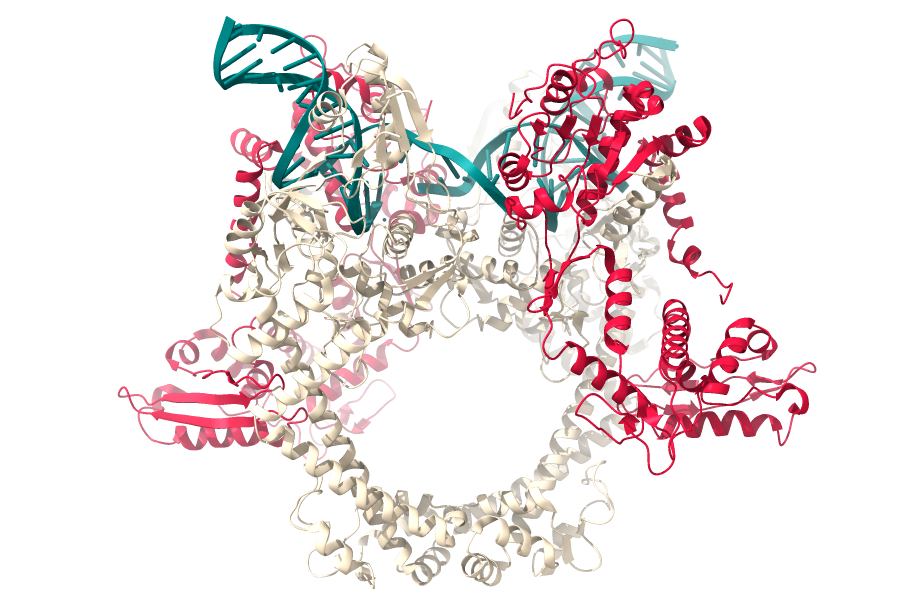We have a number of exciting and novel research projects based around understanding and designing natural and artificial bionanomachines
What are bionanomachines?
Bionanomachines abound in nature. They are typified by the proteins that catalyse biological reactions essential to life – the enzymes. Calling an enzyme a machine is really quite accurate, enzymes typically utilise energy to do work which otherwise would not get done (or at least not at the required efficiency or speed). Biological nanomachines often contain moving parts and may be quite intricate (see our work on gyrase below). Other biological nanoshapes provide important structural components. Biological nanomachines quite literally build the biological world molecule by molecule. Imagine if we could understand exactly the principles by which they work – we would be able to control natural nanomachines (particularly useful in combatting disease) and we would be able to build our own nanomachines able to do things not found in nature (e.g. smart drugs). Finally, as well as our interest in proteins we are also interested in using DNA to build nanomachines and this is a new and growing area.

Heddle Lab

Natural nanomachines
Here we investigate topoisomerases, specifically DNA gyrase, both a fascinating nanomachine and an important target for antibacterial drugs.

Artificial protein nanostructures
Here we aim to build new artificial protein nanostructures not found in nature.

DNA nanomachines
DNA is not just an information storage molecule it is also a highly programmable structural material that can be easily designed to form useful shapes and even programmable robots.

Bentham Lab

Protein design
Utilising computational protein design and experimental structural biology to guide the bioengineering of staple crops with enhanced resistance to biotic and abiotic stresses.

Lin Lab

RNA modification
RNA modification is a way to expand nucleotide structure diversity to fulfil different functions. In the Lin lab, we study mechanisms on how RNA modifying enzymes select their RNA targets by obtaining cryo-electron microscope structures details. This will be the basis for customised RNA modifications for bioengineering purposes.



